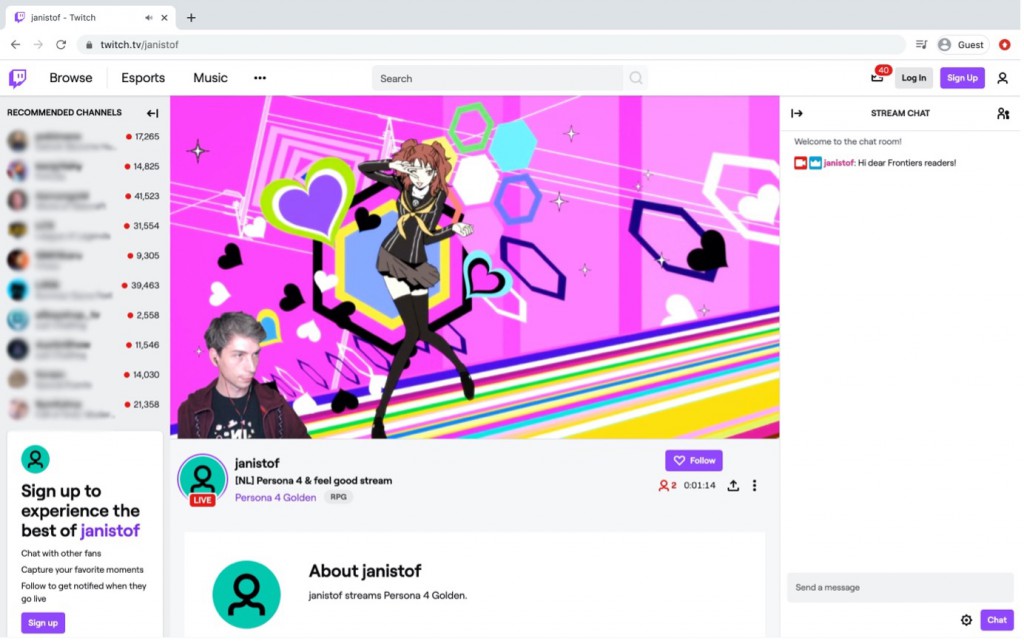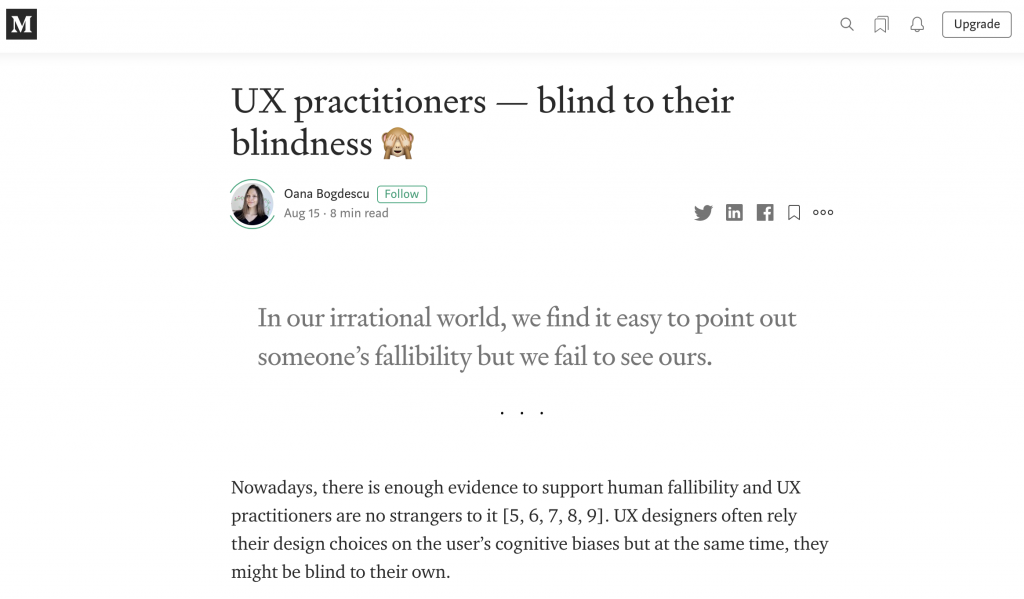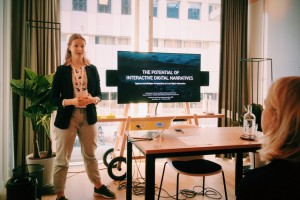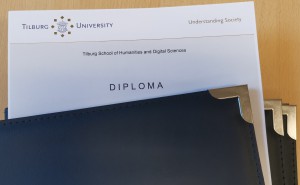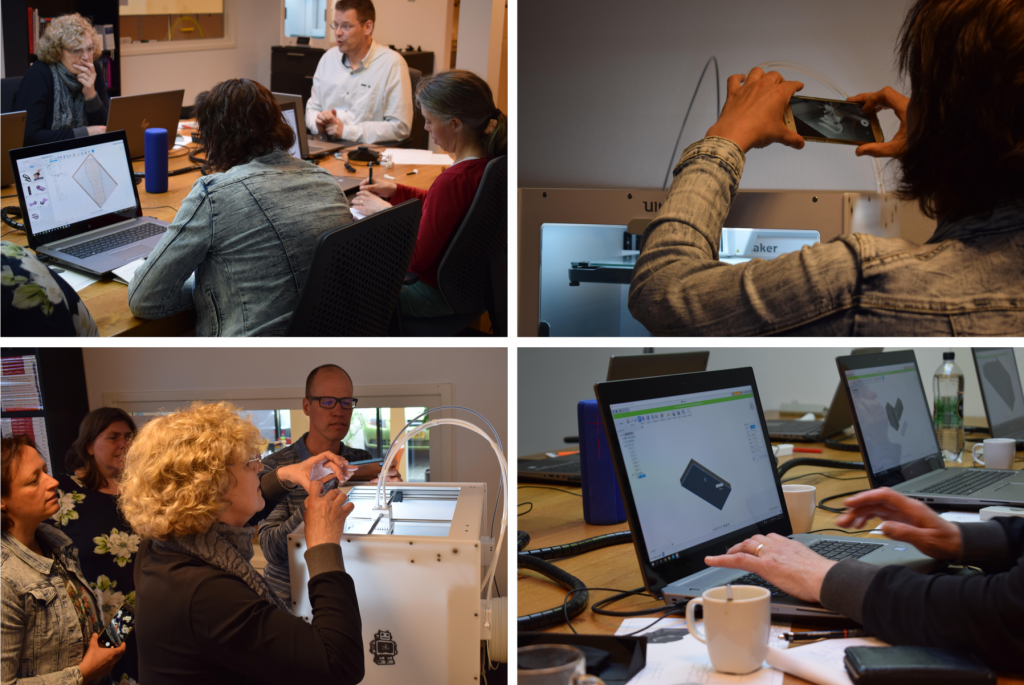One of our master students, Jazzy Beek, is currently working on her master thesis project. In this blog post, Jazzy and her supervisor Hendrik Engelbrecht describe how the NMD courses Interactive Storytelling and Data and (Mis)Information have helped shape this master thesis by combining different fields.
 Online, an abundance of knowledge is only a mouse click away. While humans have never experienced access to such a diversity of high quality information, filtering fact from fiction has become increasingly difficult as well. Misinformation is widespread and pervasive, which poses serious challenges to societies that base policy on evidence-based approaches. An often used form of misinformation is that of narratives.
Online, an abundance of knowledge is only a mouse click away. While humans have never experienced access to such a diversity of high quality information, filtering fact from fiction has become increasingly difficult as well. Misinformation is widespread and pervasive, which poses serious challenges to societies that base policy on evidence-based approaches. An often used form of misinformation is that of narratives.
Narratives are omnipresent: be it novels, movies, commercials or even social media posts. So much of our daily lives consist of writing, telling, listening, or reading stories. In the Interactive Storytelling course, students learn what makes narratives so powerful at persuasion. For instance, narratives are often much stronger than evidence-based arguments, because they are engaging and easier to process and comprehend.
Did you ever read a book or watch a movie in which one of the main characters tragically experiences terminal illness and you felt really sad? This is also called “identification”, which means perceiving the story events from the character’s perspective. When you identify with a character in a narrative, you are less likely to generate counterarguments against the message in the narrative. Readers or viewers are therefore more tolerant towards lower accuracy of the presented information because stories appeal to emotion rather than reason.
Because of this, misinformation is commonly spread in the form of a narrative. There are many examples of misleading narratives online, such as the myth that vaccinations cause autism. What makes these narratives often so powerful is that they appeal to a very basic human emotion – fear. Misinformation typically makes use of so-called fear appeals in order to persuade the reader. For example, the narrative about how vaccinations cause autism has led to considerable fear for many parents, which eventually resulted in the rise of vaccine-preventable diseases. In the Data and (Mis)Information course, students learn to develop a critical attitude towards data and information and explore questions such as “Why do people believe in the link between vaccinations and autism?”. Understanding the process of how (mis)information works presents the first step towards fighting it.
Jazzy’s thesis combines these approaches by investigating whether misinformation in narrative fear appeals is more accepted among readers who identify with a character. In her study she uses a narrative fear appeal, in the form of a social media post, to see how a seemingly harmless behavior can be turned on it’s head to create a threat.
The need to understand how misinformation affects people’s perceptions has become especially urgent now. Understanding how this affects people’s perceptions will hopefully lead to better ways to tackle misinformation.
Curious about Jazzy’s blog post for the course Data and (Mis)Information about fighting misinformation with storytelling? Click here!
